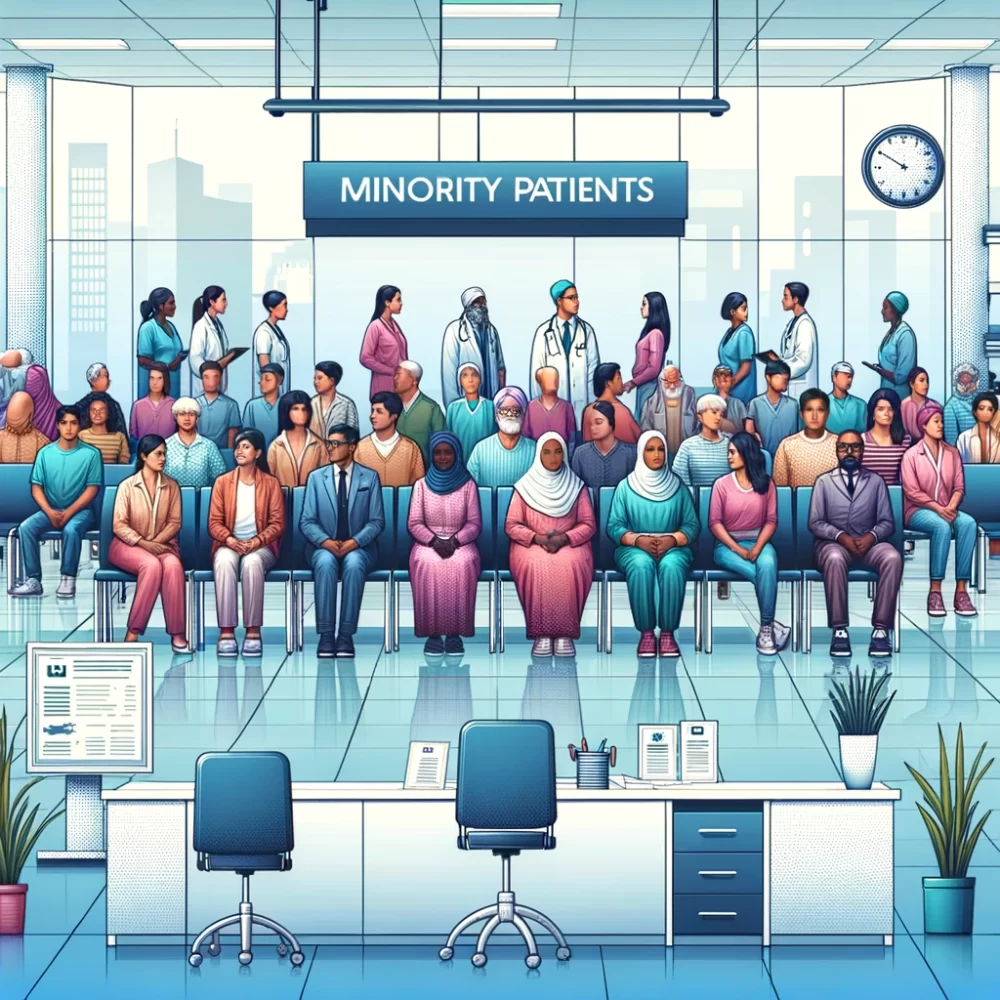
Dropping out of high school is usually painted as a worst-case scenario, a sure sign that a child is headed for hardship. But the reality is more nuanced, especially in today’s world, where traditional education doesn’t always fit every student. While staying in school is often the best path, there are situations where leaving early can actually lead to better outcomes, both emotionally and practically. Sound parenting advice means recognizing when the system is failing the child, not the other way around. Dropping out doesn’t have to be a dead end if it leads to growth, stability, or a healthier alternative.
Of course, dropping out should never be the first solution to a problem, and it should never be done without a clear plan. But there are exceptions where continuing high school may cause more harm than good. If your child is struggling and nothing seems to be working, it’s worth considering whether an alternative path could help them thrive. Here are eight situations where it might make more sense to step off the traditional high school track and into something different.
1. When Mental Health Is Suffering
If a child is battling anxiety, depression, or other mental health issues that are worsened by the demands of school, dropping out may be a temporary or necessary step. Pushing through can lead to breakdowns, hospitalizations, or long-term consequences. In some cases, stepping away allows time for healing and focused treatment. School can be resumed later through alternative education, online programs, or GED pathways. Sound parenting advice sometimes means prioritizing mental health over milestones.
2. When School Is an Unsafe Environment
Bullying, harassment, or unsafe conditions can make daily attendance feel like walking into a war zone. If the school cannot or will not take meaningful steps to address these issues, it may not be the right place for your child. Emotional and physical safety should never be sacrificed in the name of completing a traditional education. Dropping out doesn’t mean giving up; it can mean escaping a harmful setting and finding a better fit. Every child deserves to learn in an environment of respect and protection.
3. When an Alternative Program Offers a Better Fit
Some kids just don’t thrive in traditional classrooms, no matter how much support they’re given. Hands-on learners, neurodivergent students, or those with unique career interests may find more success in trade schools, alternative education programs, or self-paced online curricula. Leaving high school for a program that actually suits their strengths isn’t a failure—it’s a smart move. Sound parenting advice includes knowing that one-size-fits-all education doesn’t always serve every child.
4. When They’re Supporting the Family
In families facing financial hardship, teens sometimes feel pressured to work full-time just to help cover rent or groceries. While this shouldn’t be the burden of a child, real-life circumstances can force tough decisions. Dropping out may allow the student to work while pursuing a GED or night classes later. It’s not ideal, but it can be a responsible choice when survival is the priority. Compassionate support can help the child return to education when the time is right.
5. When Pregnancy or Parenthood Becomes a Priority
Teen parents face unique challenges, and juggling school with the demands of parenting is no small feat. In some cases, stepping away from school temporarily allows them to care for their child and stabilize their home life. That doesn’t mean the education journey ends. Many go on to finish through alternative schools, online programs, or community college. Dropping out can be part of a long-term plan to build a better future, not the end of one.
6. When Career Opportunities Come Early
Occasionally, teens land rare opportunities in creative industries, athletics, or entrepreneurship that don’t align with a rigid school schedule. While this is uncommon, it can be a legitimate reason to leave school, especially when combined with a plan to complete education in a flexible format later. The decision should be made carefully and with a backup plan in place. Still, some kids grow faster outside the classroom when they’re chasing a passion or building a business. Sound parenting advice is about helping them pursue those goals responsibly.
7. When They’ve Already Fallen Too Far Behind
Some students face repeated academic failure and frustration despite their best efforts. By the time they reach a certain point, the chances of catching up are slim without a total reset. Dropping out may be part of transitioning to a GED program or other alternative route that lets them start fresh and succeed on their terms. Sometimes, letting go of what’s not working is the first step toward real progress. Education doesn’t have to look like high school to be valid or valuable.
8. When The Goal Is Still Education—Just Not in a Traditional Way
Dropping out doesn’t mean giving up on learning. Many students leave high school and go on to earn a GED, enroll in college, or pursue vocational training. The goal is still growth, just through a different method. If your child has a clear plan and the maturity to follow through, it’s possible to step off the high school path and still land on solid ground. Sound parenting advice involves guiding that process, not shaming it.
Support Over Stigma Is the Real Game-Changer
Leaving high school isn’t a decision that should ever be made lightly, but it’s also not one that deserves automatic judgment. A dropout can become a comeback story with the right structure, support, and vision. Sound parenting advice requires flexibility, empathy, and the courage to recognize when the traditional path just doesn’t fit. There are many roads to success, and some begin outside the classroom.
Have you or someone you know taken a non-traditional route through education? What helped make it work? Share your thoughts in the comments!
Read More:
School Success Starts at Home—Here’s How to Prep Your Kids
12 Reasons Why Your Kids are Behind Academically
Catherine is a tech-savvy writer who has focused on the personal finance space for more than eight years. She has a Bachelor’s in Information Technology and enjoys showcasing how tech can simplify everyday personal finance tasks like budgeting, spending tracking, and planning for the future. Additionally, she’s explored the ins and outs of the world of side hustles and loves to share what she’s learned along the way. When she’s not working, you can find her relaxing at home in the Pacific Northwest with her two cats or enjoying a cup of coffee at her neighborhood cafe.













































































